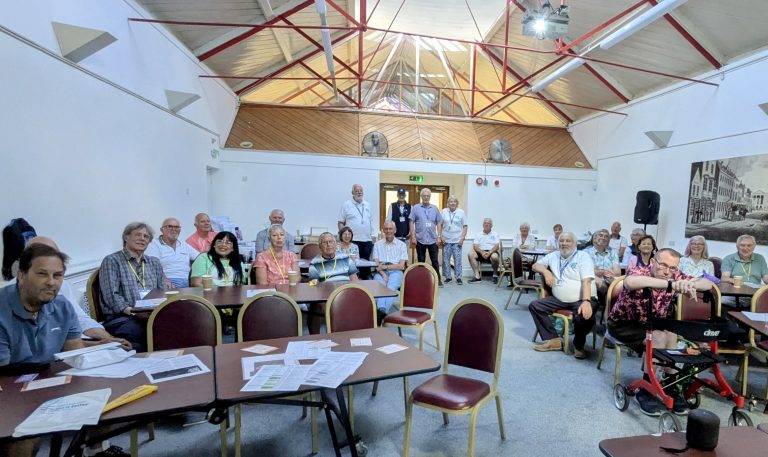You can read the progress report from NHS England’s Cancer transformation programme here.
The report details the investment the NHS is making in cancer transformation, including £130m over the period 2016/18 in new and upgraded radiotherapy equipment and £200m over the next two years to accelerate rapid diagnosis and enhance patients’ quality of life.
The report describes progress across the field including:
- Modernisation of radiotherapy equipment throughout the country.
- New models of care introduced to ensure cancer is diagnosed earlier and improve survival.
- Establishment of Cancer Alliances across the country to bring together clinical leaders, healthcare workers, patients and charities for better coordination of care.
Achieving World-Class Cancer Outcomes – Progress Report 2016-17 describes the significant advances the National Cancer Programme has made over the past year as it moves towards the full delivery of the NHS five-year national cancer strategy. The strategy was developed in 2015 by an Independent Cancer Taskforce that was asked to deliver the vision set out in the NHS Five Year Forward View.
As well as the work on new models and clinical pathways, the 2017 progress report also details action on standards and metrics. Five pilot sites are now testing a new faster diagnosis standard that will ultimately ensure patients receive a cancer diagnosis or an “all clear” verdict within 28 days.
A new quality of life metric – the first anywhere in the world – is currently being tested in multiple sites around England. Its purpose is to measure long-term outcomes for patients once treatment has been completed.
Cally Palmer, the NHS National Cancer Director, said:
“Cancer survival rates have never been higher than they are today and patients are reporting a very good experience of cancer care.
“I am confident the NHS can deliver the recommendations of the Cancer Taskforce and I am certain these recommendations will improve survival rates even further, enhance quality-of-life for cancer patients and ultimately provide the very best cancer services to patients everywhere.”


